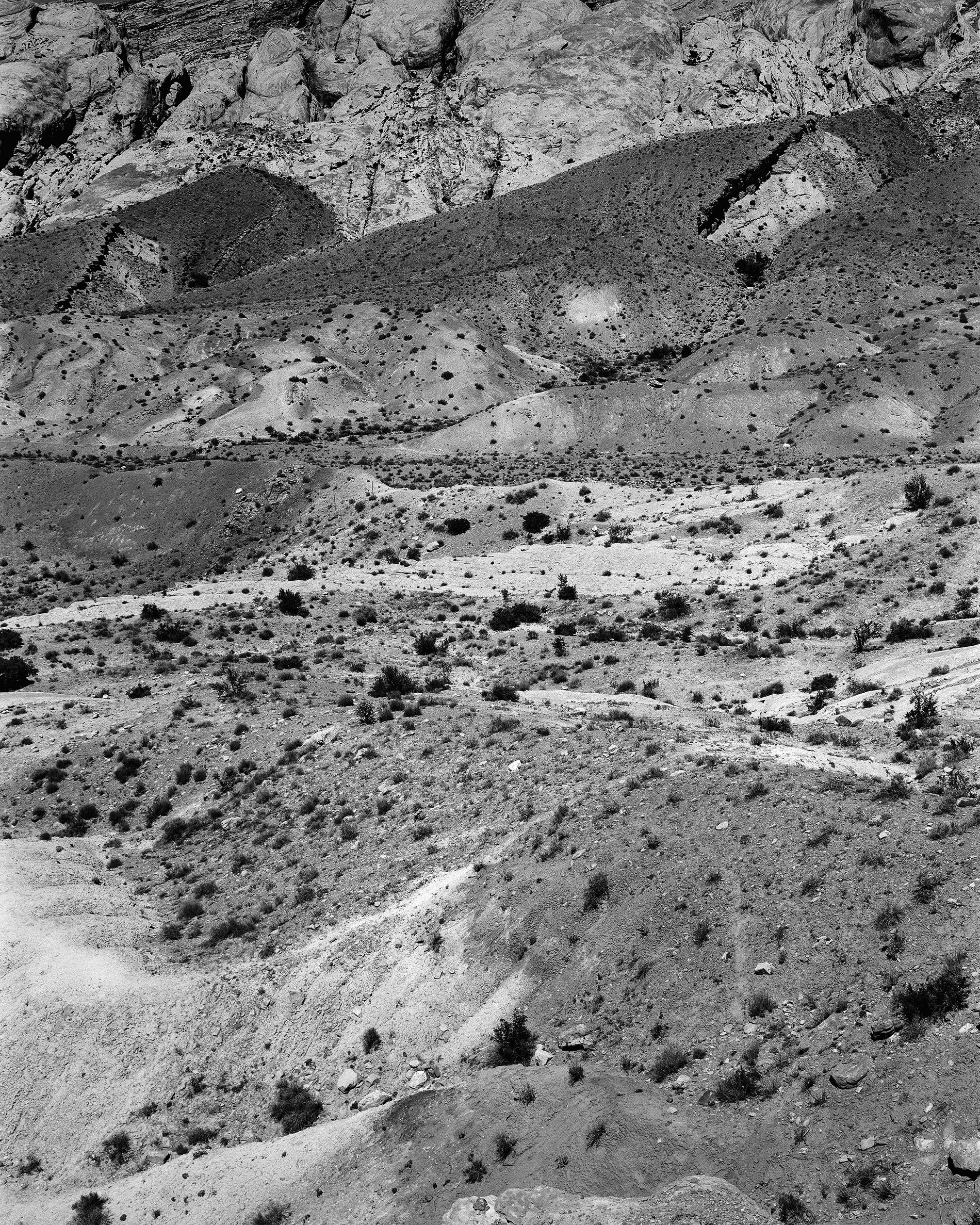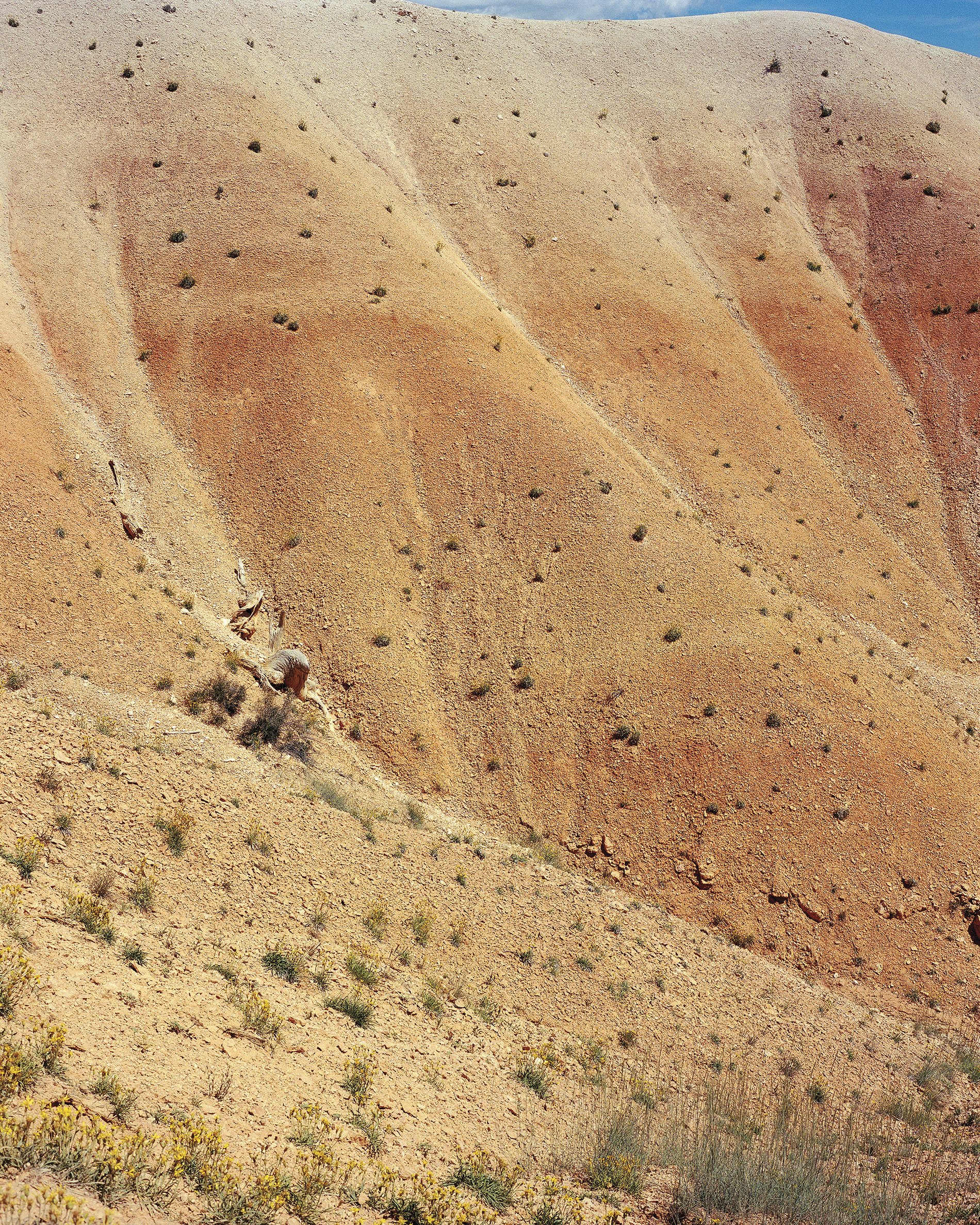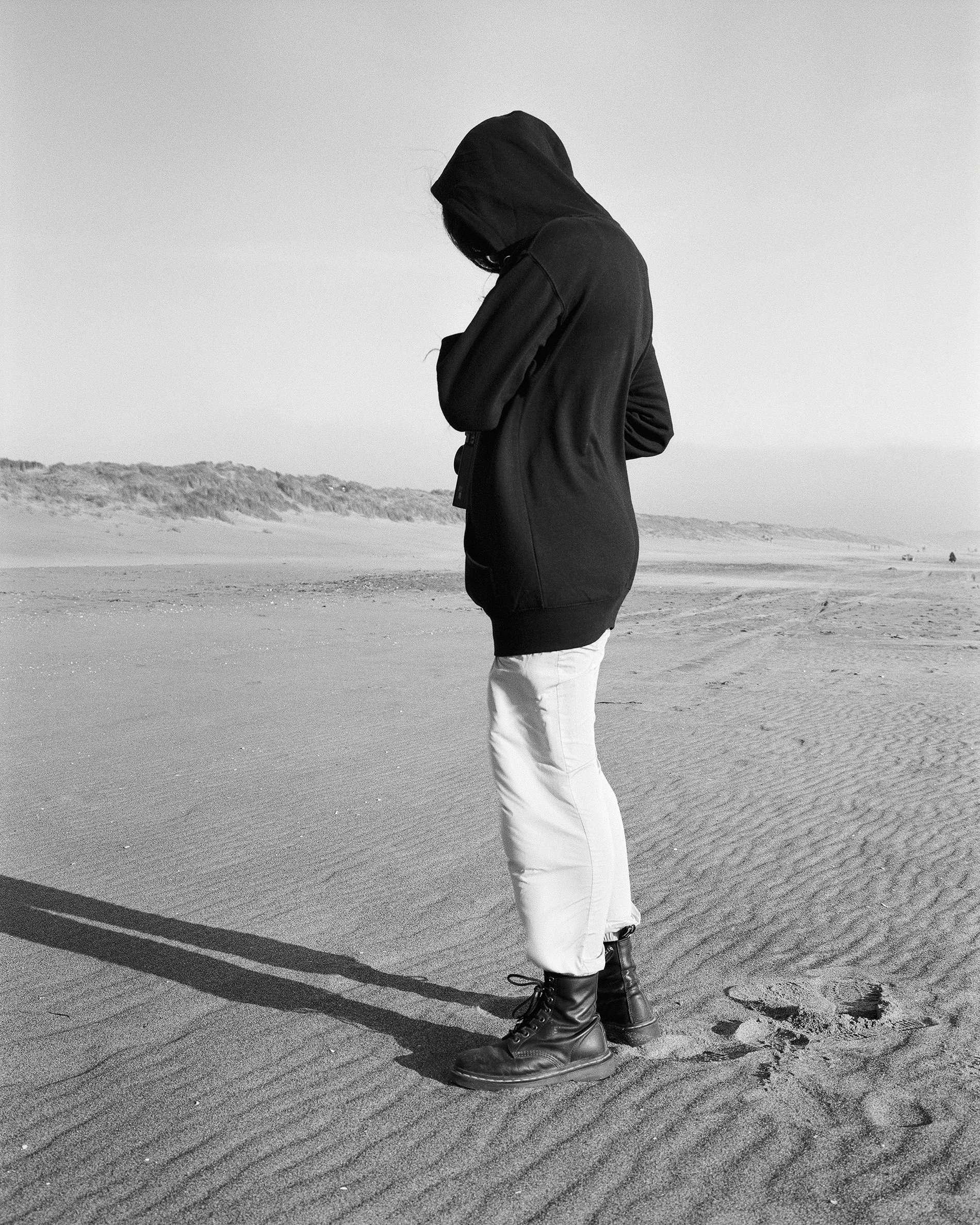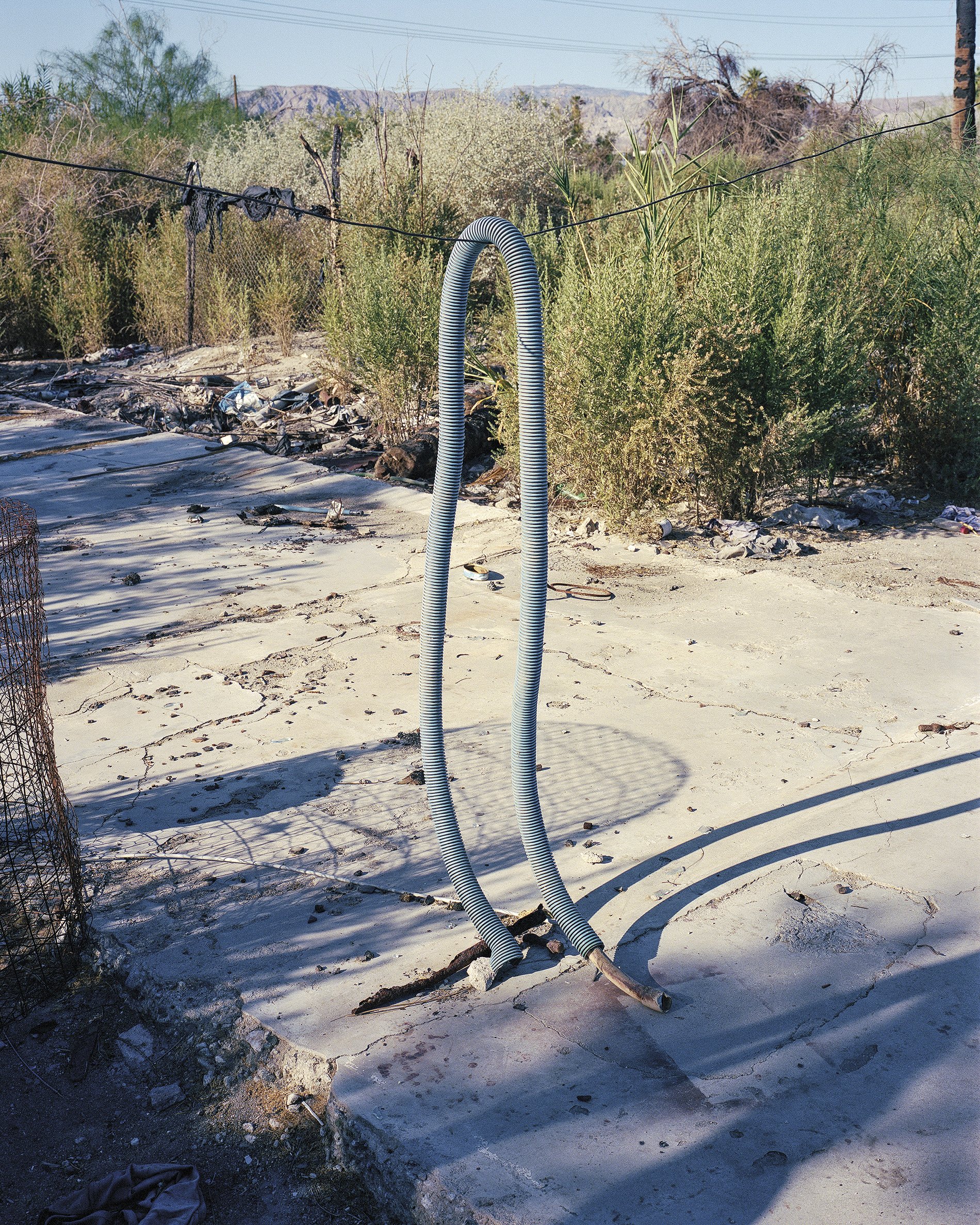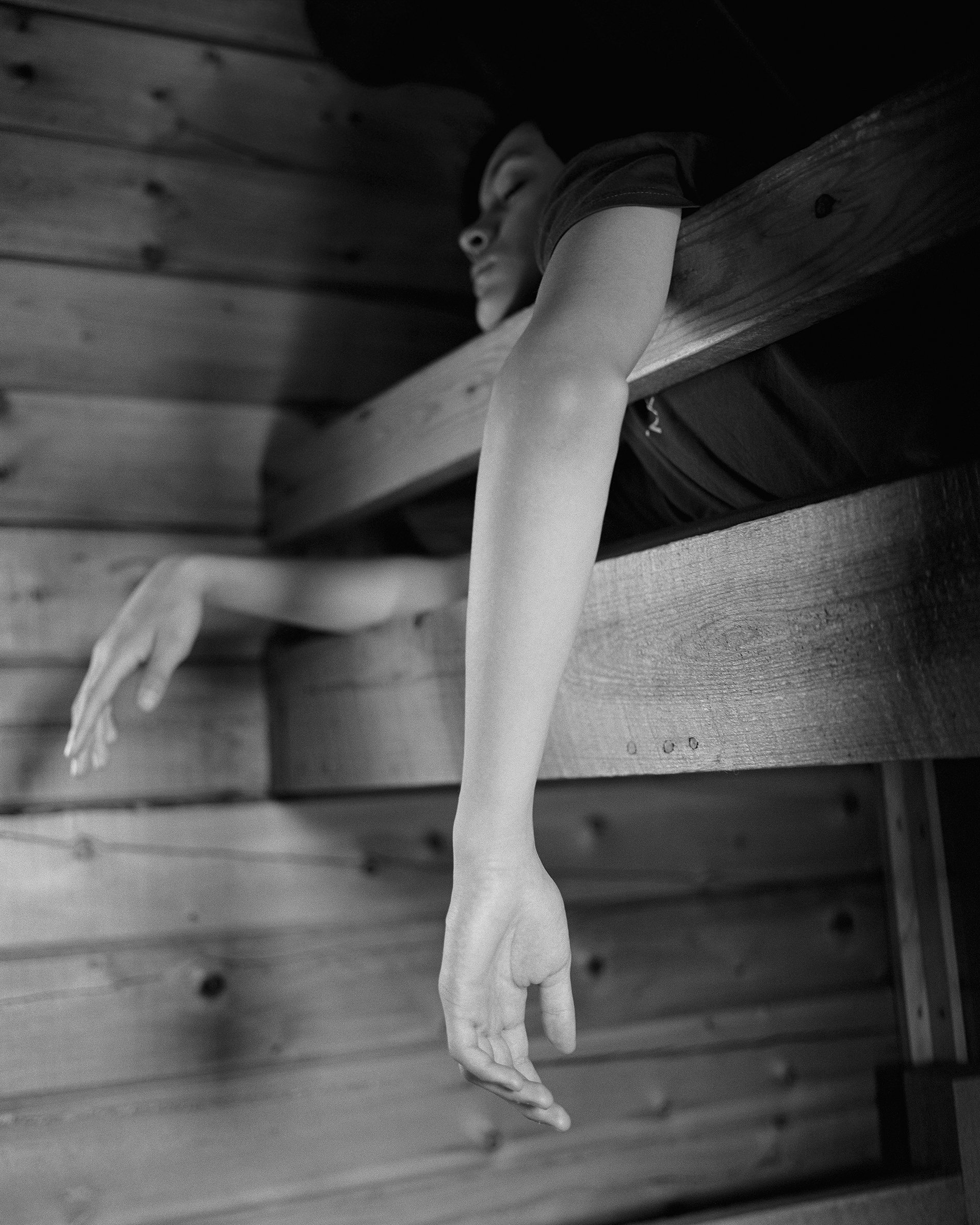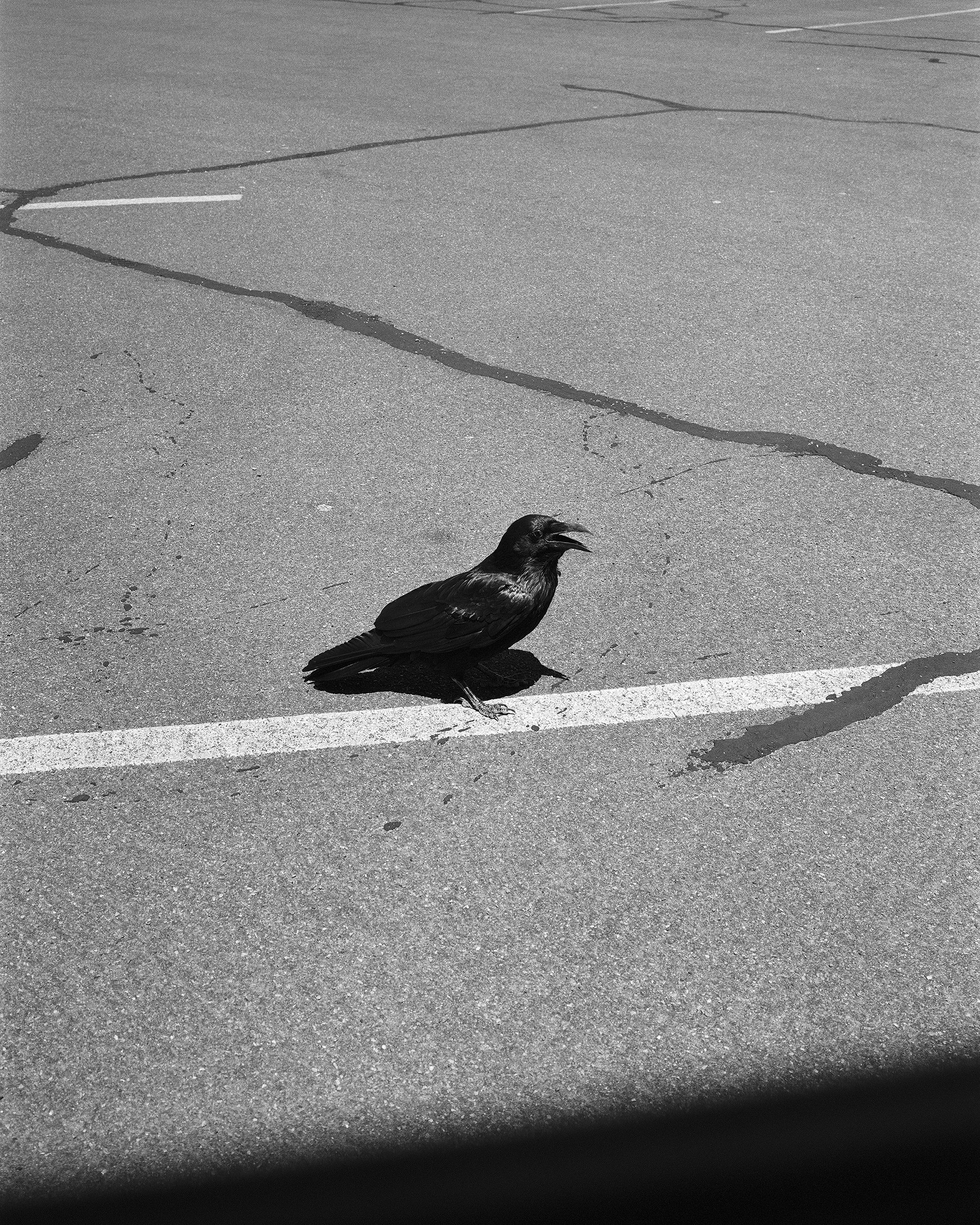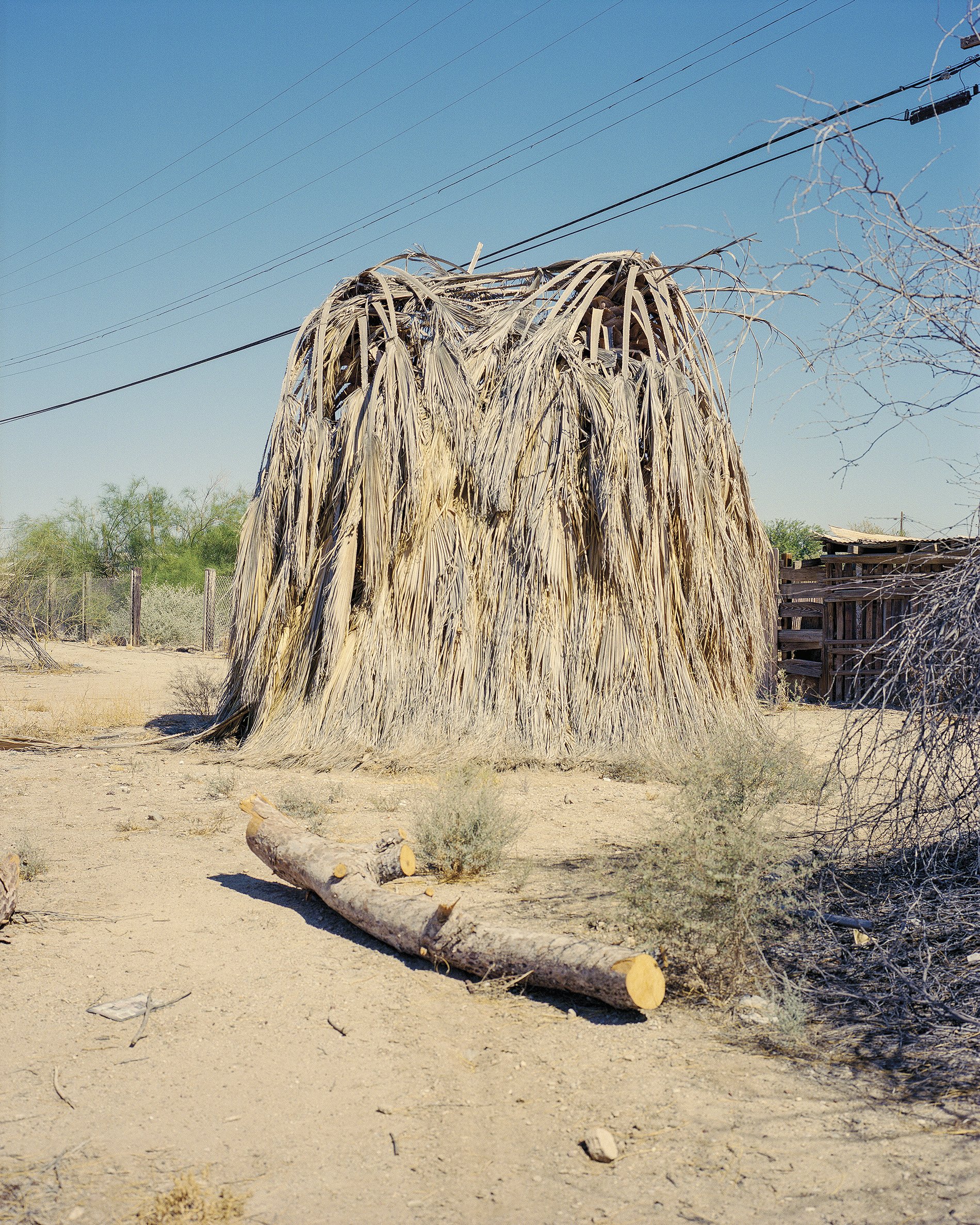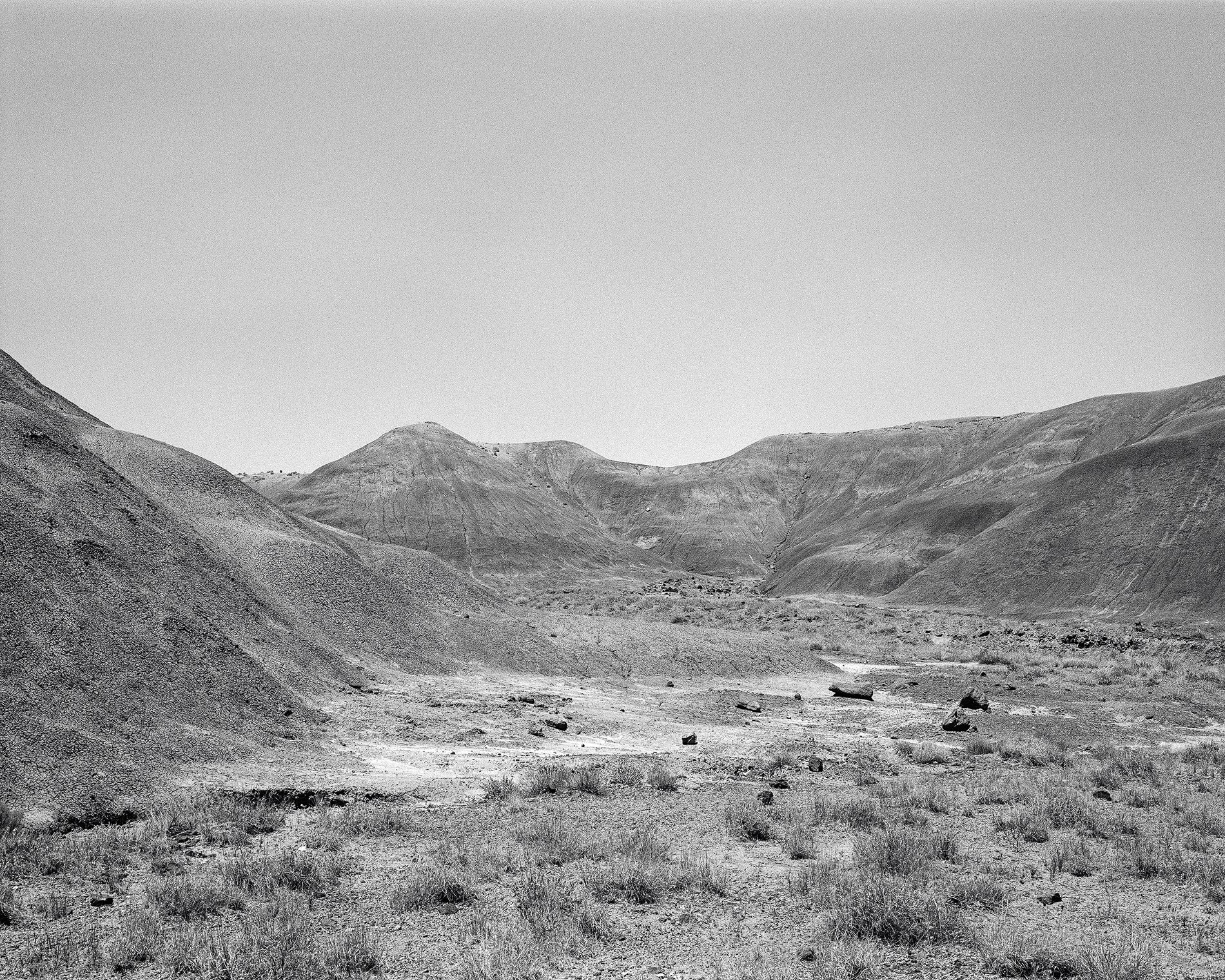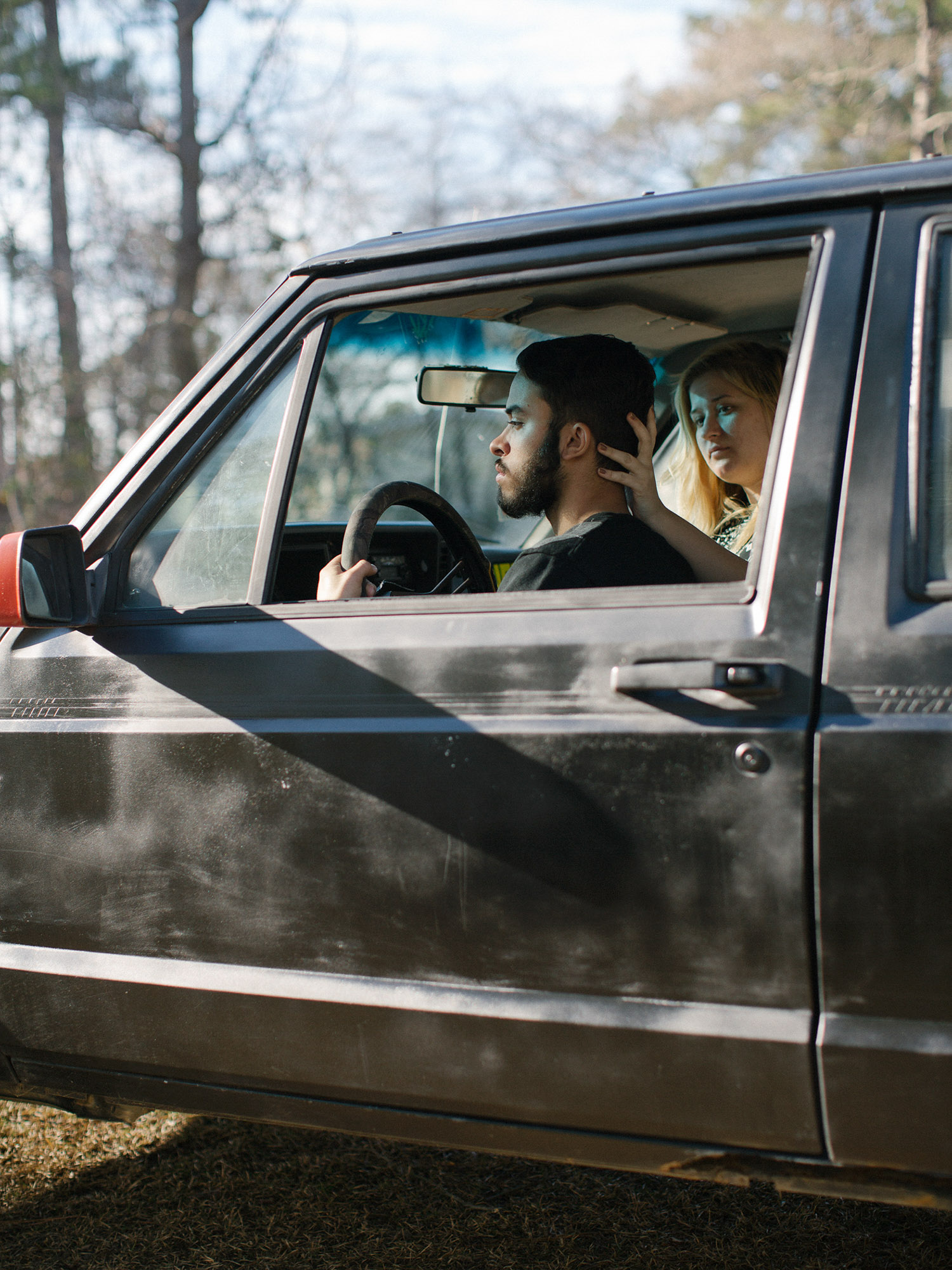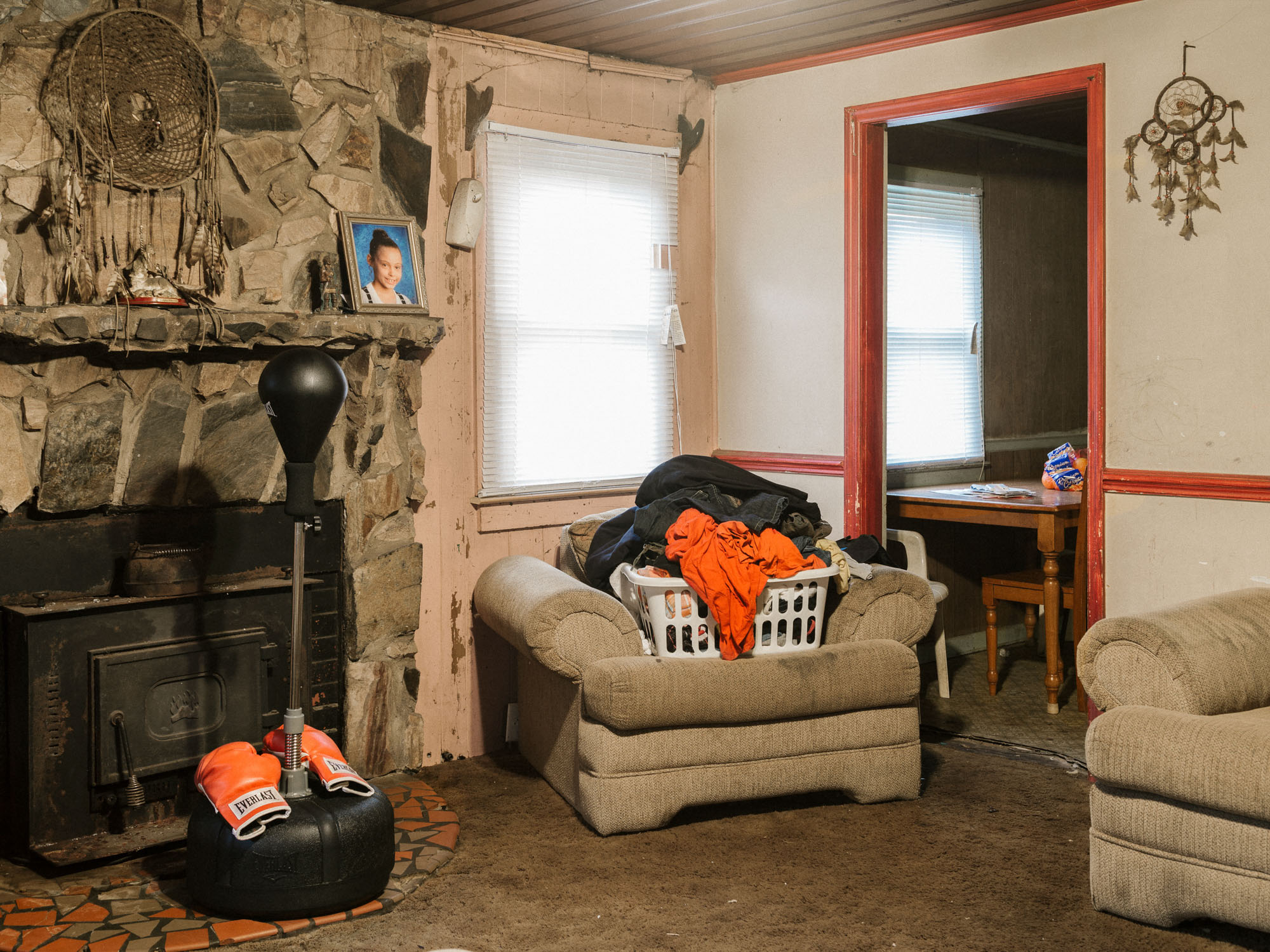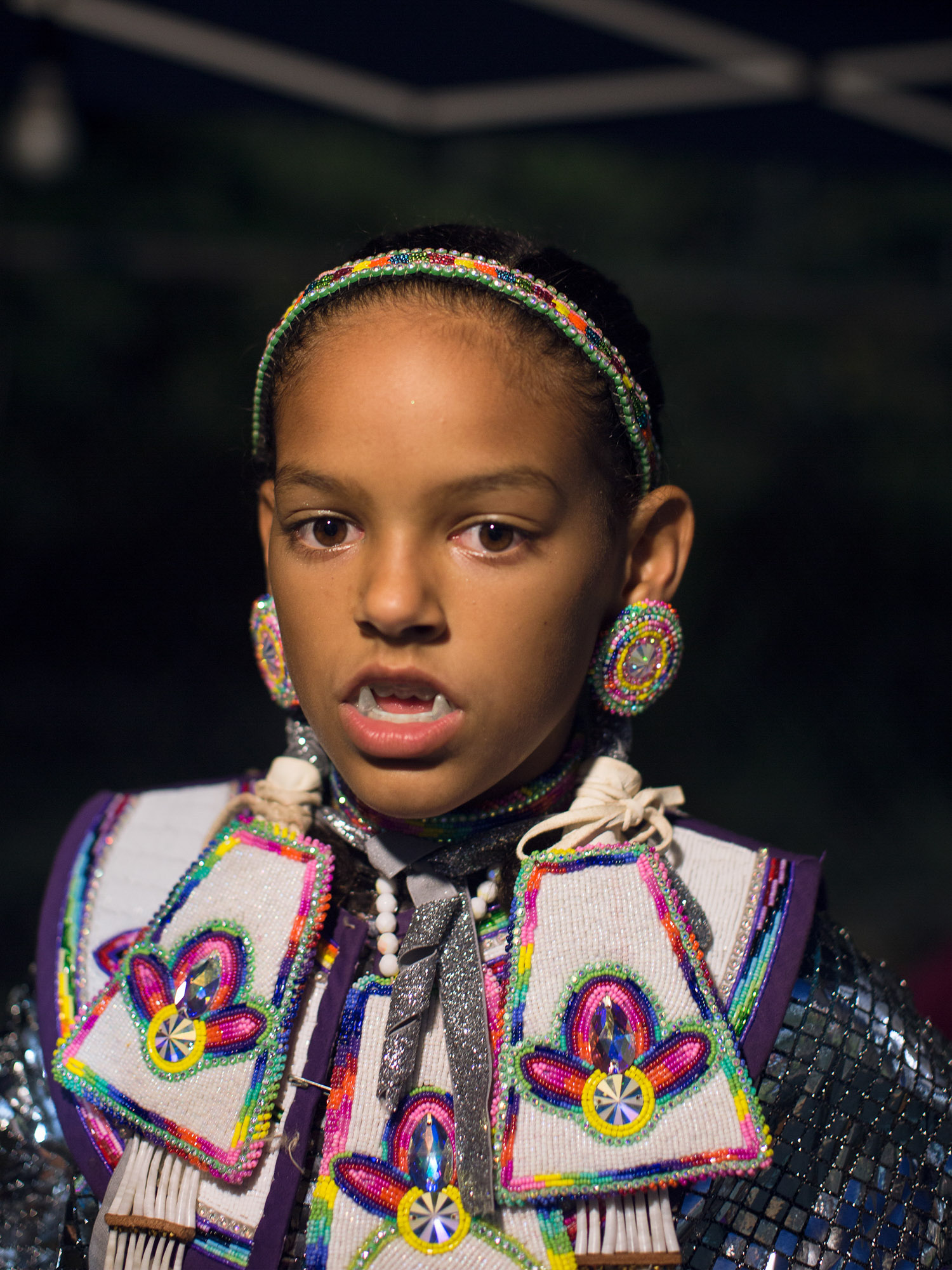Na terra de Jacó
BY BRUNO SAAVEDRA
[Aos 22 dias de abril,] houvemos vista de terra! Primeiramente, dum grande monte, mui alto e redondo.
(…) Ao monte alto, o capitão pôs o nome – Monte Pascoal e à terra, Terra de Vera Cruz.
Carta do Achamento do Brasil, Pêro Vaz de Caminha
A Jacó foi dada a graça do seu nascimento, mas o seu legado foi o da perseverança. A terra do leite do mel, o paraíso perdido, não se alcança sem trabalho árduo, sem exílio, sem viagens de longas distâncias em percursos iniciáticos.
A armada topou com o Jardim do Éden sem querer, diz-se. Em tempo de Páscoa, de renovação, de celebração da aliança com o criador. E o verde-azul paradisíaco era sonho, libertação, reencontro com as origens, reconhecimento da identidade.
Jacó fora escolhido. Ele sabia-o, mas estava consciente do poder da Providência e da lei de Deus. E assim gerou filhos – José e Judá e Benjamim e Levi e… e… E Wilson. E então, em tempo de esperança e de demanda, toda a Terra viu de perto o sol e os tons de amarelo a aclarar o azul e o verde luxuriantes do jardim da madeira incandescente.
Quando Deus viu que a sua obra era boa, descansou. Quem descansaria se assim não fosse? E que fez o homem? E Jacó, e Wilson, filho do homem? Aprendeu a olhar para Deus e viver com Ele? Fez d’Ele seu irmão? Nesta tarefa imensa de observar e aprender, o miúdo fez-se gente de procura. Tornou-se homem a testar perseverança, na busca de sonhos e de verdades, nos sentidos e nos significados que cada imagem (ou fragmento) pareceu querer exprimir.
E foi-lhe dada uma graça: a da visão. Para a ir ganhando, sete anos foi vivendo pelo mundo e mais sete foi servindo a sua arte. Como Jacó. Arduamente. E de Wilson a Wilson, de Silva a Silva, de Silva a Bruno, de Wilson a Saavedra ou, por recomposição, de Silva a Saavedra, de Wilson a Homem. E a terra de Canaã? E a terra de Jacó? Onde ficou essa origem, essa raiz de identidade?
O mundo inicial, de que ficaram sinais, cheiros e cores, memórias de rostos e de expressões, visitado e revisitado na memória, chamou-o. E ele foi Bruno para contar Wilson. Ao encontro do que nunca deixou, de olhos cheios de um amor que não se explica. – Eu fui ver Wilson e o Bruno viu-se nele…
A terra abriu-se como uma flor da manhã, numa luz intensa intrínseca. Captar um raio de luz, como? Nas caras, na terra, nas casas daquela (minha) gente, dir-se-ia. E a história refez-se e, em si mesma, fez história.
Silva, Wilson, o Neto, por Saavedra, Bruno, o mesmo outro. Com amor,
Da terra,
Pela terra,
Na terra de Jacó.
Nuno Verdial Soares
16 de março de 2019
SHORT BIOGRAPHY
BRUNO SAAVEDRA é um fotógrafo e artista visual luso-brasileiro que nasceu em 1987 na cidade de Itamarajú – Bahia no Brasil e reside em Portugal desde 2004.
Aos oito anos, apaixonou-se pela fotografia, indiretamente influenciado pela sua avó materna, que passava os serões mostrando-lhe negativos, monóculos e fotografias antigas de família.
Desde 2015, trabalha como fotógrafo freelancer e tem exposto os seus trabalhos com frequência por diversos locais do mundo como Portugal, Austrália, Brasil, Macau e África. A fotografia de Bruno Saavedra vai além do documental, conceptual ou até mesmo autoral. É algo quase subliminar, com muita verdade, sentimento e respeito pelo que se fotografa.
Com o passar dos anos, nota-se a sua obsessão por documentar as coisas simples da vida. A identidade, a intimidade, as questões culturais, sociais e a memória coletiva são, por isso, os principais temas dos seus trabalhos.
Parte da sua obra pertence a coleccionadores privados e institucionais.
LINKS
https://brunosaavedra.com
https://www.instagram.com/brunosaavedra.photo/































